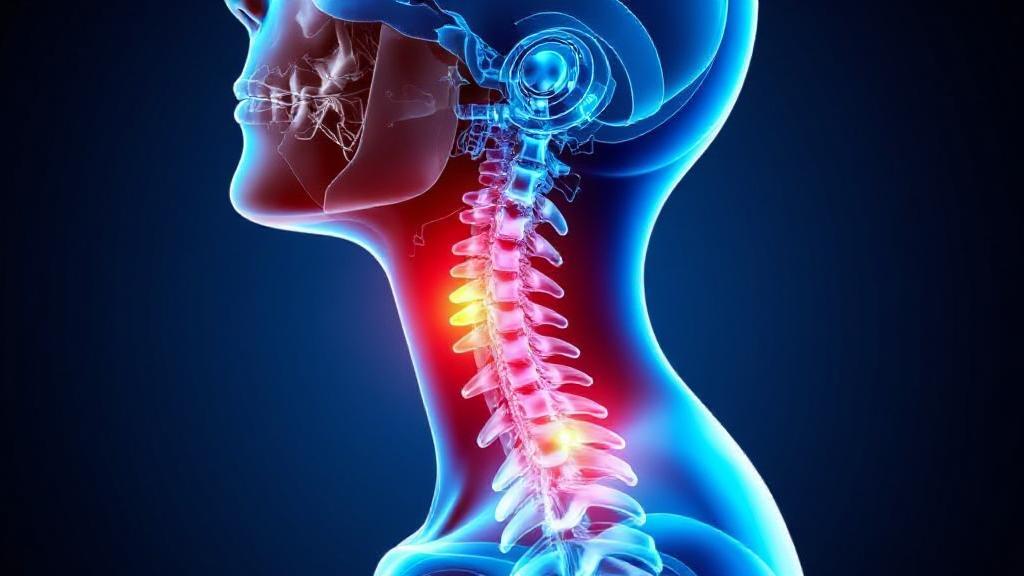What is Whiplash?
Whiplash is a neck injury due to forceful, rapid back-and-forth movement of the neck, like the cracking of a whip. This motion can cause damage to the neck's muscles, ligaments, and tendons. Symptoms may include neck pain, stiffness, headaches, and sometimes dizziness or blurred vision.
For more detailed information on whiplash, you can visit the Mayo Clinic's page on whiplash.
Initial Symptoms and Acute Phase
The acute phase typically lasts 24-72 hours after the incident. During this time, patients may experience:
- Neck pain and stiffness
- Headaches
- Shoulder and upper back pain
- Dizziness
- Fatigue
Many people don't experience symptoms immediately after the incident, as it can take several hours for inflammation and pain to develop.
Factors Influencing Recovery Time
Several factors influence recovery time:
- Severity of the Injury: Mild cases may resolve in a few days, while severe cases can last for months or even years.
- Age and Health: Younger individuals and those in good health tend to recover faster.
- Promptness of Treatment: Early intervention with appropriate treatment can significantly reduce recovery time.
- Previous Neck Injuries: Individuals with a history of neck injuries may experience prolonged recovery.
- Pre-existing conditions
- Psychological factors
Typical Recovery Timeline
Acute Phase (0-2 Weeks)
In the initial phase, symptoms are often most severe. Key recovery elements include:
- Rest and limited movement in the first 24-48 hours
- Gentle exercises and stretches as recommended
- Ice and heat therapy
- Over-the-counter pain medication
"Early range of motion exercises and mobilization have been shown to improve outcomes in acute whiplash patients" - Journal of Orthopedic & Sports Physical Therapy
Subacute Phase (2-12 Weeks)
During this period, patients typically experience gradual improvement. Physical therapy often plays a crucial role in recovery, with exercises focusing on restoring movement and strength.
Chronic Phase (3 Months and Beyond)
If symptoms persist beyond three months, the condition is considered chronic. Research from the National Institutes of Health suggests that approximately 75% of patients recover completely within this timeframe.
Treatment Options
A comprehensive treatment approach may include:
Medical Interventions
- Physical therapy
- Chiropractic care
- Massage therapy
- Pain management
- Medications
Alternative Therapies
- Acupuncture
- Mindfulness techniques
- Gentle yoga
- Biofeedback
Prevention and Management Strategies
| Prevention Strategy | Benefit |
|---|---|
| Ergonomic workspace | Reduces neck strain |
| Regular exercise | Strengthens supporting muscles |
| Proper driving position | Minimizes risk of injury |
| Stress management | Reduces muscle tension |
When to Seek Medical Attention
Red flags that warrant immediate medical attention include:
- Severe neck pain
- Numbness or tingling in arms
- Weakness in limbs
- Visual disturbances
- Persistent headaches
- Symptoms worsen or do not improve with treatment
- Difficulty moving head or neck
For further reading, consider exploring the National Institute of Neurological Disorders and Stroke's resources on neck pain.
